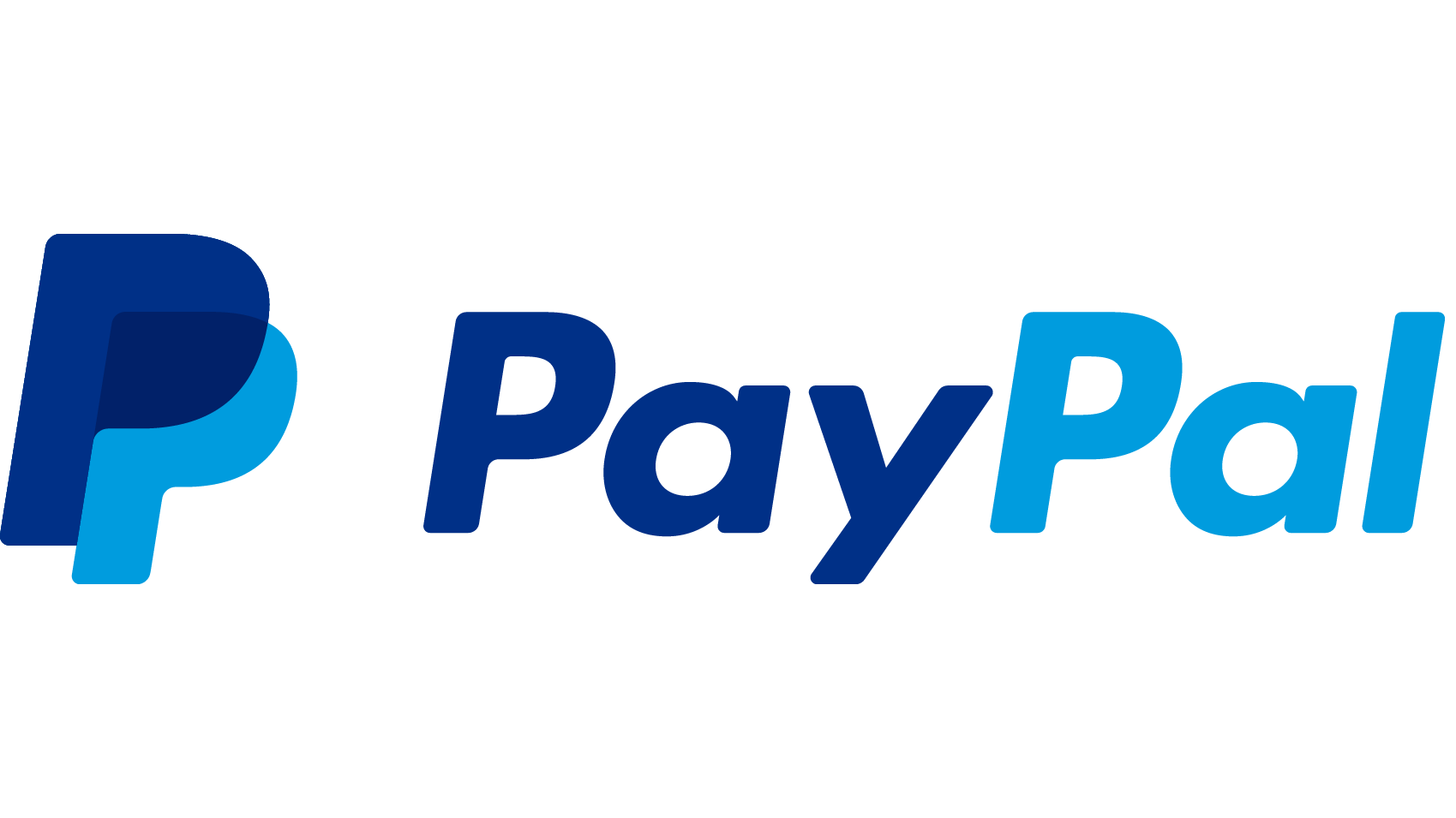Unveiling PYUSD: PayPal’s Exclusive Stablecoin Explained

PayPal has made its foray into the stablecoin domain by introducing PayPalUSD (PYUSD), a proprietary cryptocurrency token. This stablecoin derives its value from securely held deposits in U.S. dollars, ensuring a fixed 1:1 ratio equivalency with the U.S. dollar.
What is a Stablecoin, and why is it important?
Stablecoins function as cryptocurrencies aimed at maintaining a steady value, often tied to a fiat currency such as the U.S. dollar. Unlike volatile cryptocurrencies like Bitcoin and Ethereum, people consider stablecoins a secure refuge within digital currency.
They serve multiple purposes by acting as a means of exchange, the unit of measurement, and a store of wealth, effectively bridging the divide between traditional fiat currencies and digital assets. With their potential to revolutionize transactions in Web3 and digitally native environments, stablecoins offer remarkable advantages, including speed, cost-effectiveness, and programmability.
Features of PayPal’s Stablecoin
If PayPal has introduced its stablecoin, some potential features could include:
Pegged Value: The stablecoin is usually tied to a specific fiat currency, like the U.S. Dollar, Euro, or another primary currency. This anchoring ensures that the stablecoin maintains a steady value over time.
Integration with PayPal Services: PayPal has the potential to integrate the stablecoin into its existing services. This integration would allow users to conveniently send and receive payments, make purchases, and engage in various financial transactions using the stablecoin.
Reduced Volatility: Stablecoins offer a significant advantage over cryptocurrencies like Bitcoin or Ethereum: reduced volatility. This stability makes them ideal for everyday transactions and preserving value.
Cross-Border Transactions: Stablecoins have the potential to simplify international transactions by allowing users to swiftly and affordably send money across borders, surpassing the costs associated with conventional methods.
Accessibility: If PayPal were to introduce a stablecoin, it has the potential to reach a wide range of users within its vast user base. This increased accessibility could lead to higher adoption and usage of the stablecoin.
Regulatory Compliance: Given PayPal’s stature as a primary financial service provider, its stablecoin offering would likely adhere to regulatory guidelines and compliance measures in its operating regions.
Security Measures: PayPal, just like how they handles traditional financial services, would probably implement robust security measures to safeguard users’ stablecoin holdings and transactions.
Ease of Use: PayPal’s stablecoin offering could benefit from its user-friendly interface and seamless experience. This would enable users to effortlessly purchase, sell, and manage the stablecoin with convenience.
Integration with Other Cryptocurrencies: PayPal can facilitate the exchange of stablecoins for other cryptocurrencies or vice versa directly on its platform.
What Is the Purpose of Stablecoins?
Stablecoins earn their name from their core attribute of maintaining a relatively stable value when compared to volatile cryptocurrencies like Bitcoin or Ethereum. Furthermore, their purpose is to provide stability by being pegged to external assets, such as traditional fiat currencies like the U.S. Dollar or Euro, ensuring a consistent price for users.
RephraseStablecoins serve as an essential tool within the realm of cryptocurrencies. By combining the advantages of digital currencies, such as quick and borderless transactions, with a reduction in drastic price fluctuations, stablecoins provide a more practical solution for day-to-day transactions. This stability also positions them as an appealing medium for exchange, a reliable store of value, and even a standardized unit of measurement.
There are different mechanisms through which stablecoins maintain their stability:
Fiat-Collateralized Stablecoins
Stablecoins tie their value to traditional fiat currencies held in bank accounts as reserves. Let’s take the example of a stablecoin pegged to the U.S. Dollar. In this case, the issuer ensures that for every stablecoin in circulation, they reserve one U.S. Dollar. This mechanism guarantees that the value of the stablecoin remains closely aligned with that of the underlying pegged currency.
Crypto-Collateralized Stablecoins
A collection of different cryptocurrencies stored in a basket supports some stablecoins. They utilize intelligent contracts to ensure that the value of the collateral is adequate for maintaining the stablecoin’s fixed exchange rate.
Algorithmic Stablecoins
These stablecoins utilize algorithms and smart contracts to manage supply and demand, ensuring price stability effectively. If the stablecoin’s value falls below its target value, an option is to create additional coins. This action would help increase supply and restore the desired price level.
Commodity-Collateralized Stablecoins
“Physical resources such as valuable metals or other real-world assets back these stablecoins.
Stablecoins aim to bridge the gap between traditional financial systems and the benefits of blockchain technology. They provide a more stable value compared to other cryptocurrencies. This makes them a potentially better option for various financial transactions such as remittances, trading, and everyday purchases. This stability makes them suitable for individuals seeking reliability in their digital currency choices.
How can I purchase PYUSD?
To purchase PYUSD, individuals are required to have both PayPal and balance accounts. Creating a PayPal account can be done conveniently through their website or app. Once an account is successfully created, there are two ways to acquire PYUSD.
- Users have the option to convert their existing PayPal balance into PYUSD by utilizing the conversion feature available on the PayPal app or website. It’s important to note that there is a fee associated with each conversion transaction. The exchange rate for this conversion stands at 1 USD: 1 PYUSD on PayPal.
- RephraseUsers have the option to deposit funds into their PayPal balance account using a bank account, debit card, or credit card. Afterward, they can utilize the same convert feature mentioned above to convert the funds to PYUSD easily.
Once you have purchased PYUSD, it becomes a versatile asset for your financial needs. You can effortlessly conduct transactions such as buying, selling, holding, or transferring PYUSD through popular platforms like PayPal and Venmo. In addition to these convenient options, millions of online sites offer the chance to check out using PYUSD with PayPal as the facilitating medium. If you choose this method, rest assured that PayPal will seamlessly sell your PYUSD to
Moreover, PYUSD is a stablecoin with value pegged to USD 1. It is backed by secure and highly liquid assets, providing stability. This stablecoin is regulated by the New York State Department of Financial Services, ensuring compliance with regulations. Moreover, it is compatible with various cryptocurrencies available on PayPal’s network, including Bitcoin, Ethereum, Litecoin, and Bitcoin Cash.
Final Thoughts
PayPal’s stablecoin, PYUSD, represents a significant advancement in bringing together traditional financial systems and the ever-evolving digital currency landscape. Furthermore, this stablecoin aims to simplify transactions. It also aims to seamlessly incorporate digital assets into everyday economic activities as it establishes its presence.








